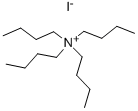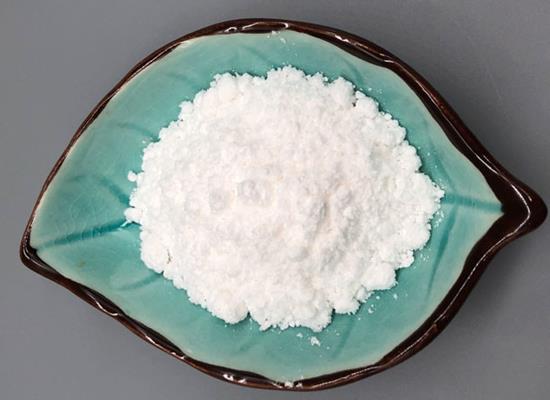Tetrabutylammonium Iodide: Overview and Applications in Cross-Coupling Reactions
Tetrabutylammonium iodide is a quaternary ammonium salt commonly used as a phase transfer catalyst, surfactant, and stabilizer in various chemical reactions, especially in transition-metal-free-catalyzed cross-coupling reactions.
A recent studies for developingnewtransition-metal-free-catalyzedcross-coupling reactionswithTBAI/TBHPsystem. Mechanistic studies demonstrated that the roles of TBAI and TBHP: 1)TBAIas theradical initiator to decomposeTBHP to tBuO* and tBuOO* which could undergoH-abstraction fromcarboxylic acids, ethers, alde hydes, allyl CH, benzyl CH, a-Hof tertiary amines, sulfonyl hydrazides etc.; 2)TBAIas theprecursorof (hypo) iodites,whichcouldreactwithactiveXHof sulfonamides, malonate, cyanoacetic acid, nitromethane, and 2-vinylphe nols,underoxidativeenvironmentofTBHP.
The application of some novel trans formations developed by TBAI/TBHP in total synthesis is alsohighlyvaluable.
References:
[1] RONGXIANG CHEN. Combination of Tetrabutylammonium Iodide (TBAI) with tert-Butyl Hydroperoxide (TBHP): An Efficient Transition-Metal-Free System to Construct Various Chemical Bonds[J]. Chemical record, 2018, 18 9: 1277-1372. DOI:10.1002/tcr.201700069.See also
Lastest Price from Tetrabutylammonium iodide manufacturers

US $0.00-0.00/Kg/Drum2025-04-21
- CAS:
- 311-28-4
- Min. Order:
- 1KG
- Purity:
- 99%min
- Supply Ability:
- 1000KGS

US $6.00/kg2025-04-21
- CAS:
- 311-28-4
- Min. Order:
- 1kg
- Purity:
- 0.99
- Supply Ability:
- 10000


